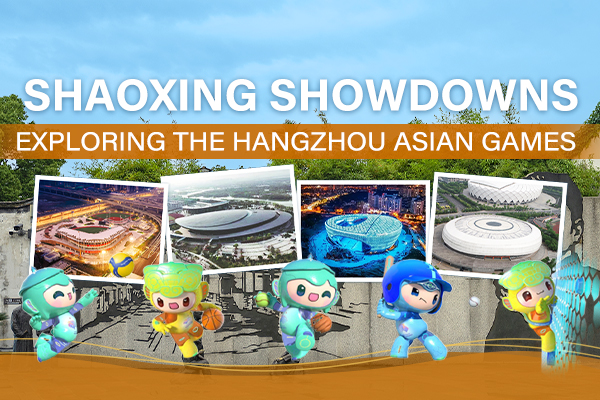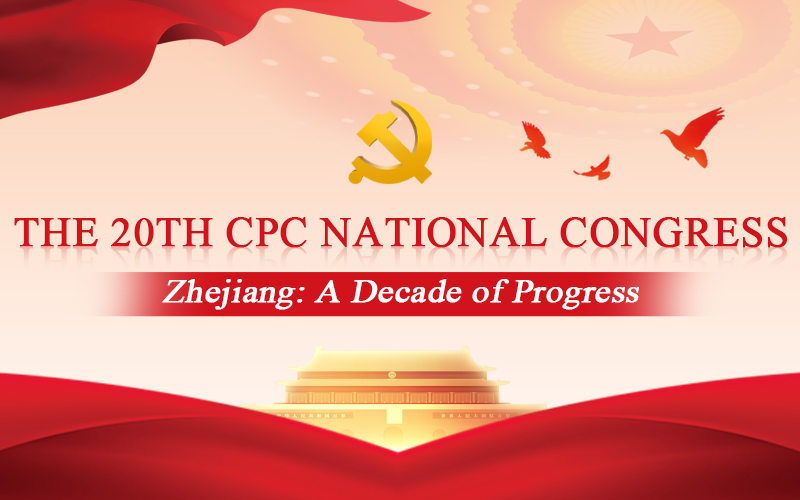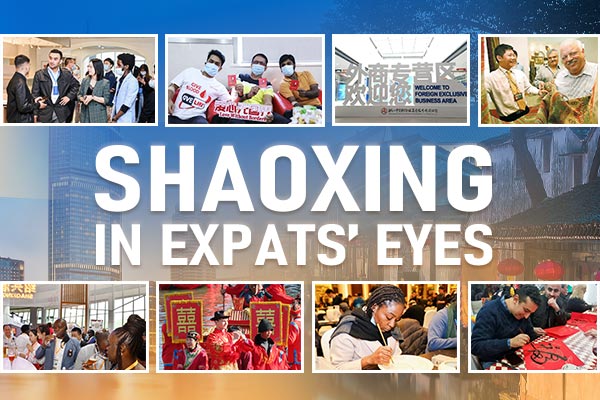Green is the dominant theme for Asian Games
Green is the dominant theme of the 19th Asian Games Hangzhou 2022 — green design, green production, green recycling, green energy applications and green packaging.
Another green aspect is the manufacturing of the Games' mascot, which is proving popular with young buyers. The mascot's aim is to promote communication and cooperation between manual workers and new manufacturing technologies.
Each doll goes through 12 stages of fabrication; fabric inspection, cutting, compounding, embroidery, offset printing, digital printing, sewing, keel plugging, cotton stuffing, sealing, inspection and packaging and requires a greater degree of craftsmanship than ordinary dolls.
For example, the offset printing needs to be stitched from point to point to ensure that the emblem is centered, said Wang Jiangtao, who is in charge of one of the licensed manufacturers for the Games.
The fabric is printed using digital technology without wasting water, gas or pulp, which saves more energy and is more environmentally friendly than traditional printing, Wang said.
The doll is cut both by regular and electric scissors rather than being laser cut, which also reduces emissions, and only strictly necessary outer packaging is used to save material.
In addition, the manufacturer uses green electricity derived from solar panels on its roof, helping to achieve the goal of zero carbon emissions.
The photovoltaic system is expected to generate about 300,000 kilowatt-hours of green electricity every year and save about 88 metric tons of coal, reducing carbon emissions by about 220 tons, the equivalent of planting 12,000 trees.
In addition to the primary host city Hangzhou, which will host the largest number of events, five other cities have stepped up green energy capabilities, including green power supply, energy-saving renovations and smart energy.
The design of the mascots — a group of robots — conveys the charm of Hangzhou and expresses the spirit of the Games.
Together, the three mascots are known as the 'Memories of Jiangnan', which comes from a poem written by Bai Juyi during the Tang Dynasty (618-907).
"When I recall Jiangnan, Hangzhou brings back most of my memories," he famously wrote.
According to designers Zhang Wen and Yang Yihong, a young couple at the China Academy of Art, the idea for the mascots was inspired by daily life in Hangzhou and their memories of the city.
Zhang said they often took their 3-year-old child for walks through the streets and alleys of Hangzhou and visited many landmarks, including the Liangzhu Museum, Canal Square and West Lake.
The mascots were created on April 3, 2020, and represent the ruins of Liangzhu, West Lake and the Beijing-Hangzhou Grand Canal.
It was then that Zhang and Yang decided to call their mascots 'Memories of Jiangnan'.
mazhenhuan@chinadaily.com.cn


 Shaoxing Showdowns
Shaoxing Showdowns Zhejiang: A Decade of Progress
Zhejiang: A Decade of Progress Shaoxing in expats' eyes
Shaoxing in expats' eyes